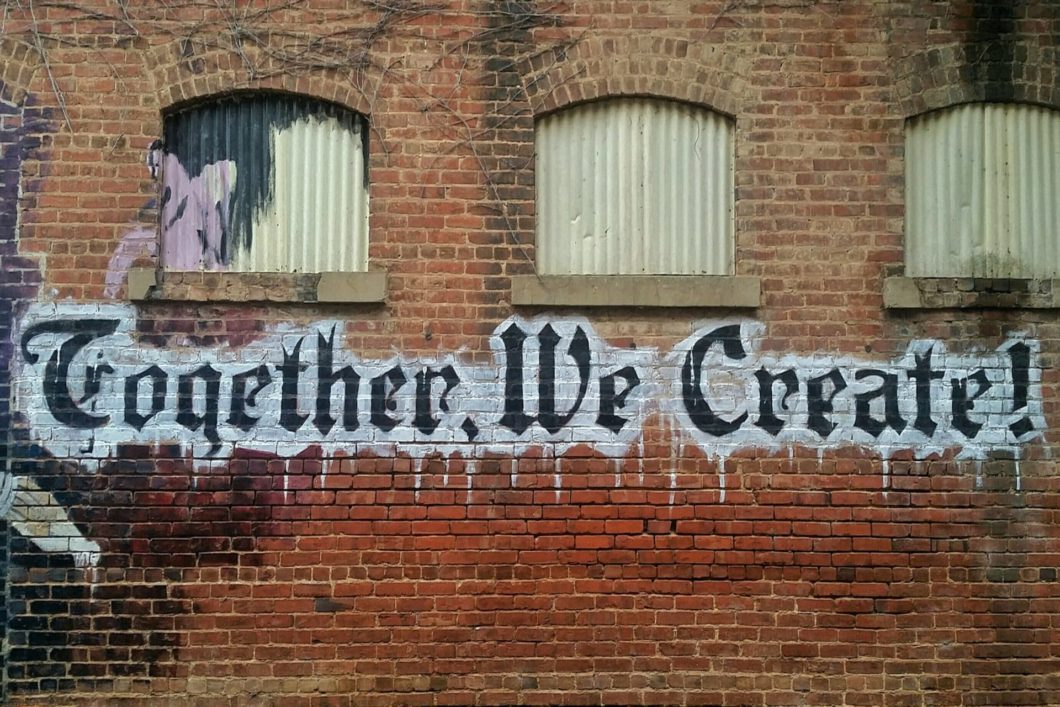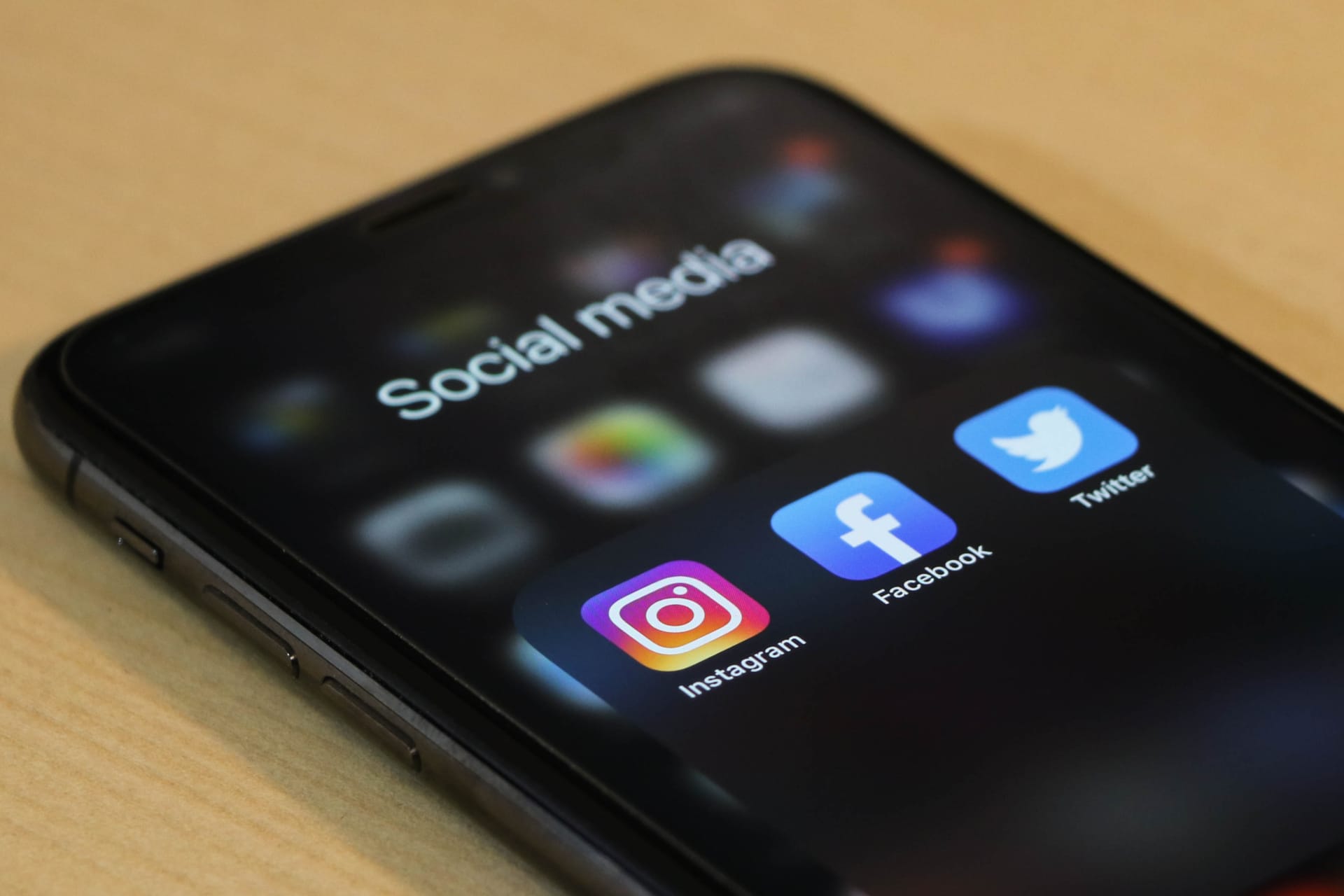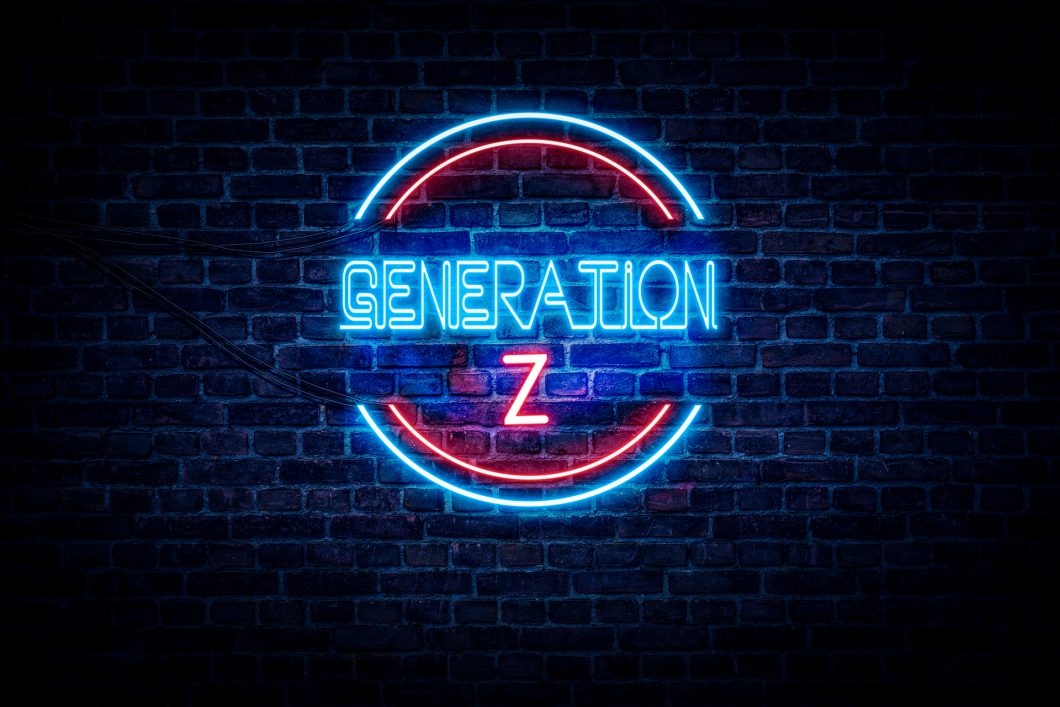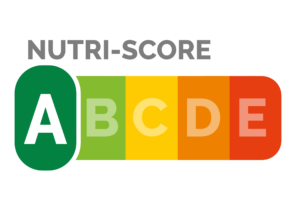Business development • Co-creation is about listening and sharing to get something in return. What is there to gain from this? Partly new insights to develop new products, but also valuable information about your consumers. A successful investment in co-creation creates spin-offs and value in a completely different way than conventional market research.
‘Co-creation. Another buzzword, nothing new under the sun’ , the sceptic may think. Focus groups, market research and the like have been around for decades to find out what consumers want. That’s partly true. Of course, companies and organizations have always tried to get under the skin of consumers. In light of this, it is possible to consider co-creation as a natural evolutionary process. But what is it all about? And are there good examples from the food industry?
What is co-creation?
To understand co-creation, we start by looking at what the relationship between company and consumer has traditionally looked like. Surely customers and consumers previously have been involved in various activities?
Well, sort of.
Traditionally, companies and organizations have used market research, surveys, focus groups, feedback and the like to involve consumers. And of course, in these ways, you can reach a sufficiently large mass to create statistical certainty and gain insight into various things such as segmentation, market trends, tendencies, and more. But these surveys are one-time activities and do not last long. And above all, they do not engage the consumer.
Co-creation is a completely different animal.
With co-creation, you create value-creating activities by collaborating with consumers. In return, you will of course get everything that market research provides: opinions, attitudes, insights, and more.
But it does not stop there.
Building a relationship
Successful co-creation goes deep and invites the consumer to participate, to be involved and influence, to be seen and heard. It is a relationship-building activity that does not stop at standardized questions in a survey.
In order for the consumer to be able and above all to want to help you, there must be incentives for the customer to do so. The customer must feel involved, included and encouraged.
This collaboration can take different forms. It may be that the consumer is encouraged to contribute their own content on social media such as images, text and recommendations that are in some way linked to your brand.
But it can also be more in-depth efforts. In its most ambitious form, co-creation can be used to develop completely new products. We will return to that, but first, we will answer the question of what makes co-creation possible.

Why now?
The technological development has meant that it is now possible to bring consumers and companies together in a cost-effective way and form a relationship. Modern technology is needed to continuously keep a relationship alive and to be able to receive ideas, views and feedback. Without it, everything would just be expensive, slow and not worth the effort. With the help of technological advances and the digital maturity that has taken place in the last 10–15 years, co-creation is an opportunity.
The development of social media, smartphones, tablets, video conferencing and advances in digital marketing, and more, are just a few examples of things we now have available. Users and consumers can not only share information but also create content themselves and contribute to what happens on the web in a two-way communication with companies and organizations.
Examples from reality
Let’s look in-depth at an example from reality.
In 1877 in Italy, a food company was established which is now known all over the world. It all started with bread and pasta in the city of Parma and since then it has grown into a global food group with many brands. Every year, they launch about 50 new products.
If you are guessing at Barilla, you are absolutely right.
Barilla is, as many know, a major producer of, among other things: pasta, bread, sauces and bakery products, with a turnover of several billion euros each year.
The global food company had noticed that their customers were engaged in the brand and the company and often expressed their thoughts and opinions via email. At Barilla, they noticed that there was potential for something big.
Barilla took action and in 2009 the global food company started a collaboration with its consumers to manage customer engagement by listening to them.
A platform on the web was created, specially developed to collect ideas from consumers in a systematic and thoughtful way.

The guiding principles
Barilla developed three principles for guiding the campaign and the digital platform.
- Our intention is not to talk to consumers, it is actually the opposite, it is to listen.
- The goal is not to teach, but to learn.
- It should be an operational platform, with the ambition to produce action, rather than talk.
Barilla wanted the platform to engage and lead to open and active conversations to get an insight into what interested consumers. It would not be about highlighting Barilla. The whole project should be perceived as being genuine and sincere.
Five categories
In order to keep order among the ideas, five categories of ideas were also developed:
- Products (ideas for new products, new ingredients and new recipes)
- Brand (ideas and feelings associated with the consumption process)
- Packaging (design, shape, size and material)
- CSR and environmental responsibility
- Other areas
In order for the whole thing not to result in a lot of spam and frivolous chatter, participants had to live up to certain standards. For example, to create an account and register on the forum. The ideas also needed to show originality and innovation.
The campaign included a blog page. On the blog, employees could continuously write about implemented projects or launched products, but also inform about how ideas and proposals were handled.
Co-creation 2.0
But the commitment did not stop at engaging consumers on a single occasion. The commitment continued and developed through consumers being able to vote and suggest improvements to other consumers’ contributions. The pot kept boiling and it was up to the consumers themselves to make winning contributions.
The ten most popular ideas then went on, but Barilla kept their veto power.
Transparency
The next step after each ‘campaign’ was to internally evaluate the ideas voted on. The evaluation process and how long the implementation would take, etc, was communicated on the website to the public, to bring about openness and transparency.
Professional help
Staff at Barilla helped consumers conceptualize and refine their ideas.
Spitting out ideas may be an easy task. But generating ideas in a professional way requires a certain system.
Consumers were therefore helped to go from the tacit knowledge to the explicit. The tacit knowledge is personal, unarticulated and can be difficult for the environment to understand. The idea must be explicit, i.e concrete and clear, for the recipient to understand it.
Communication
Communication with the public and consumers was maintained at all times. It was up to the marketing department and the research and development department to continuously provide feedback on ideas – those that could be implemented as well as those that could not.
It was explained why some ideas with potential could not be implemented at the present. At the same time, the Barilla staff were keen to share information about new events, product launches and products developed from customer ideas.
The web-based co-creation platform was also integrated with social media such as Twitter and Facebook to continuously communicate with the public.
The result
During the almost three years that the co-creation work was going on, Barilla received over 5,000 ideas, over 10,000 comments and over 100,000 votes.
The new ideas led to new products and services, which were not proposed by either the research and development department or the marketing department – but by ordinary consumers. Ideas in the category product were most with almost 3000 ideas and over half of these ideas could be classified as original.
The new ideas resulted in, among other things, a new series of wheat flour cakes and new types of packaging.
Spin-offs
In addition to idea generation, registered users on the platform could choose to participate in market research.
But wait a minute! Market research? Wasn’t it a poor and outdated method, someone might object?
No, it’s not that simple. It may work well as a complementary method, especially if you have an audience that is already committed and willing to share, just like in Barilla’s case.
In addition, participants could collect points which could then be redeemed for the company’s products. At the same time, users on the platform voted for an idea for email notification for each new survey conducted.
More than 20,000 people took part in the surveys. In this way, Barilla gained an incredible insight into needs, desires and consumption habits; invaluable information to make even better segmentation, which in turn can lead to better and more relevant products.

What can we learn?
It is worth mentioning that successful co-creation often requires great efforts on several different levels. On the technical side, there must be a platform in place that is up to scrath. Also, the employees must be on the ball and ready to adapt to a new way of working. The efforts purely financially and organizationally may therefore be high. At least for a start.
But once you have all these things in place, co-creation can bring benefits and advantages that are difficult to achieve in other ways. Here are four examples of what you have to gain.
Thoughtful and ambitious co-creation:
- can create unbeatable loyalty and commitment to your products and brand
- is an ‘idea engine’ that never sleeps. In this way, employees in marketing and development departments who would otherwise have done the job are relieved.
- can create valuable insights early in the product development phase. If many people get involved in a specific idea, it may be a clear indication if the idea becomes a hit on the market.
- can create large amounts of data that become valuable insights when it comes to market segmentation. Simply put: You get to know your customers and can therefore produce better and more relevant products.
Co-creation in the future
What does the future of co-creation look like? No one knows for sure. In any case, it is clear that the technology that enables co-creation will be even better. In parallel with this, a new generation is gaining influence; Generation Z which can also be called ‘digital natives’. This is a generation that moves seamlessly between the physical reality and the digital. The contrast is not as clear as it is for older generations.
Technological development and the progressive new generation points to a future where co-creation is more rule than exception.
Further reading
Do you want to read more? At Bayn Magazine, you will find columns, features and articles on business development and product development.
Please, share this article if you liked it.
[et_social_share]











